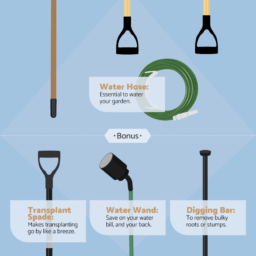The ancient Romans, whose bathhouses featured south-facing windows to capture the sun’s warmth, were on to a great thing. Throughout history, solar power has been used for light and warmth — and most recently, electricity for our growing energy needs.
Much as Californians would love to claim that solar electric power started in California, early discoveries about the potential for sunlight to generate electricity took place primarily in Europe. In 1839, French experimental scientist Edmund Becquerel discovered the photovoltaic effect (photo = light, voltaic = energy). Later in the same century, English electrical engineer Willoughby Smith discovered the photoconductivity of selenium.
In the 20th century, Albert Einstein published two ground-breaking papers, one on the photoelectric effect, the other (rather more famously) on relativity. By 1954, Bell Laboratories had developed the first photovoltaic cell, made using silicon, that was capable of turning light into usable energy. These solar cells began to be used to power satellites in the late 50s and continue to do so today. Unsurprisingly, solar energy was further developed during the oil crisis of 1973.
Because of its famously sunny climate, California has always been an ideal place for solar experimentation, to say nothing of sunblock. Its role in solar electric power was established in the 1980s with two large solar developments: the first megawatt solar power station and the largest solar thermal station in the world. Its legislation has largely protected and promoted solar electric power for homes and businesses. It seems to be working: over 30,000 solar installations have taken place in California in the last decade. Some of the legislation currently in effect includes:
- California Solar Rights Act, 1978. Enacted to facilitate and encourage solar electric power, this act requires the timely processing of solar permits and prohibits any entity, including local governments, from restricting solar access to home and business owners.
- California Net Metering Law, 2002. Governor Gray Davis signed legislation to allow solar and wind energy to be sold back to the utilities by independent power producers.
- Bill AB 32 / Global Warming Solutions Act, 2006. The first US legislation to cap pollution and place California on a time line to reduce its emissions, Bill AB 32 requires that by 2020 the state cut its emissions to 1990 levels, roughly a 25% reduction by business-as-usual estimates. Because energy needs are unlikely to go down, Bill AB 32 encourages businesses and large organizations to switch to renewable energy sources such as solar electricity.
- Million Solar Roofs Bill, 2006. Also known as SB 1, this bill includes funds and other measures to achieve 1 million solar power roofs in California by 2016.
- The California Solar Initiative provides incentives for solar electric power installations based on both the size and orientation of the solar system. Systems under 50 kw are given incentives based on estimated performance, while larger systems are paid gradually based on actual performance.
AUTOPOST by BEDEWY VISIT GAHZLY


